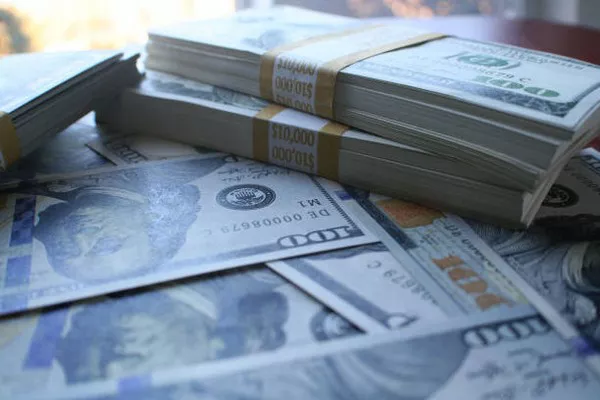The evolution of global currencies reflects the dynamic nature of international trade and finance. Among these transformations, the replacement of the British pound sterling (GBP) by the United States dollar (USD) stands as a pivotal moment in economic history. Understanding the factors and events that led to this transition provides valuable insights into the dynamics of global finance and the ascension of the United States as a dominant economic power. This article delves into the timeline and circumstances surrounding the replacement of GBP by USD as the world’s primary reserve currency.
Historical Context
To comprehend the transition from GBP to USD, one must delve into the historical backdrop of both currencies. The British pound sterling had been a dominant force in global finance for centuries, dating back to the era of the British Empire. Its status as the primary reserve currency was cemented by the gold standard, which pegged the value of the pound to a specific amount of gold. This system provided stability and facilitated international trade and investment.
However, the aftermath of World War I saw the gradual decline of the pound sterling’s dominance. The war had severely strained Britain’s economy, leading to large debts and diminished economic power. Meanwhile, the United States emerged from the war as a burgeoning economic powerhouse, buoyed by industrialization and relative geopolitical stability. The USD began to assert itself as a formidable contender for global reserve currency status.
Key Events Leading to the Transition
Bretton Woods Conference (1944): Perhaps the most significant event in the transition from GBP to USD was the Bretton Woods Conference held in 1944. Representatives from 44 Allied nations convened to establish a new international monetary system following the devastation of World War II. At this conference, the USD was officially designated as the world’s primary reserve currency, backed by gold, while other currencies were pegged to the dollar.
The Marshall Plan (1948): The implementation of the Marshall Plan, an initiative by the United States to aid Western European countries in rebuilding their economies after the war, further solidified the USD’s position. The massive influx of American aid bolstered economic recovery in Europe and increased confidence in the USD as a stable and reliable currency.
The Suez Crisis (1956): The Suez Crisis, which involved military conflict between Egypt and a coalition of British, French, and Israeli forces, underscored Britain’s waning influence on the world stage. The crisis revealed the limits of Britain’s power and highlighted the increasing importance of the United States as a global mediator. This event further eroded confidence in the pound sterling and accelerated the transition to USD dominance.
Nixon Shock (1971): The final nail in the coffin for the gold-backed pound sterling came with the Nixon Shock in 1971. Facing mounting inflation and a growing trade deficit, President Richard Nixon announced the suspension of the USD’s convertibility into gold, effectively ending the Bretton Woods system. This move destabilized global currency markets and marked the beginning of the era of fiat currencies, where the value of money is not tied to a physical commodity.
Implications of the Transition
The replacement of GBP by USD as the world’s primary reserve currency had far-reaching implications for the global economy:
Economic Hegemony: The transition solidified the United States’ position as the preeminent economic power in the world. With the USD serving as the dominant reserve currency, the U.S. gained significant influence over global financial markets and trade.
Dollarization: Many countries, particularly in the aftermath of Bretton Woods, chose to adopt the USD as their official currency or peg their own currencies to the dollar. This phenomenon, known as dollarization, further entrenched the USD’s supremacy in international finance.
Geopolitical Shifts: The transition from GBP to USD reflected broader geopolitical shifts, with the decline of British imperialism and the rise of American hegemony. The Cold War rivalry between the United States and the Soviet Union also played a significant role in shaping the global monetary system.
Exchange Rate Volatility: The move away from the gold standard and the adoption of fiat currencies introduced greater volatility into currency markets. Exchange rates became more susceptible to fluctuations based on factors such as inflation, interest rates, and geopolitical events.
Conclusion
The replacement of the British pound sterling by the United States dollar as the world’s primary reserve currency marked a pivotal moment in economic history. The transition, precipitated by key events such as the Bretton Woods Conference and the Nixon Shock, reshaped the global financial landscape and cemented the United States’ position as the dominant economic power. Understanding the historical context and implications of this transition provides valuable insights into the dynamics of international finance and the interplay between economics and geopolitics.


